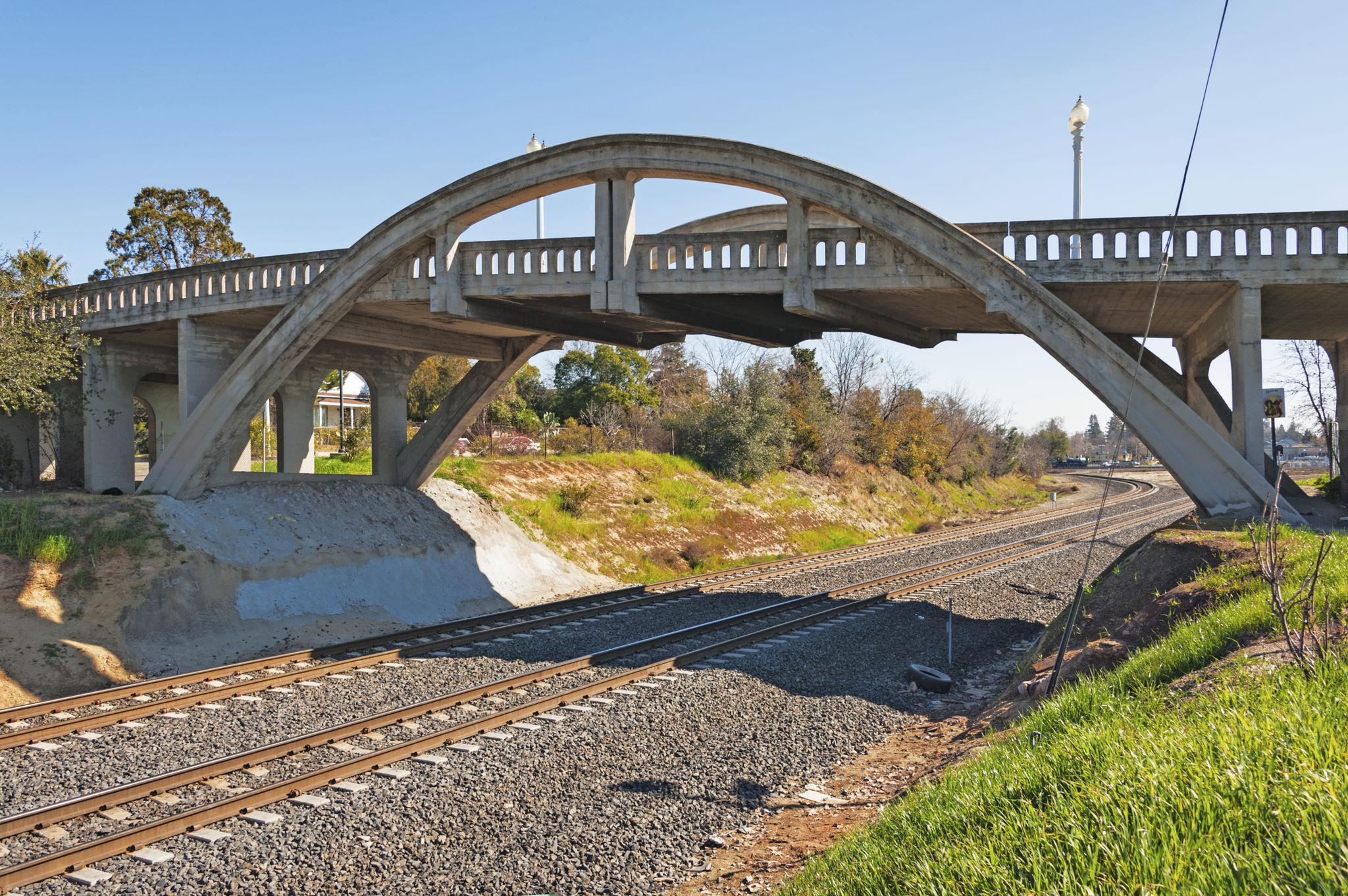Top 10 Tips for Effective Garden Design in Roseville
Understanding Your Space
Before diving into the design phase, it's crucial to understand the space you have available. Assess the size and shape of your garden area, taking note of any existing features like trees, slopes, or structures. Understanding these elements will help you create a more cohesive and functional design.
Consider the sunlight and shade patterns throughout the day. This will inform where to place different types of plants and features. Observe how the light shifts with the seasons to ensure your garden remains vibrant all year round.
Planning Your Layout
Once you've analyzed your space, start sketching a layout. Think about the main purposes of your garden. Are you creating a space for relaxation, entertaining, or growing vegetables? Defining the primary function will guide your design choices.
Creating Zones
Divide your garden into zones that serve different purposes. For example, you might have a dining area, a play area for children, and a secluded reading nook. Using different materials or plants to delineate these zones can add structure and interest to your garden.
Selecting the Right Plants
Choosing the right plants is essential for a thriving garden in Roseville's climate. Opt for native plants that are adapted to the local environment, requiring less water and maintenance. Consider a mix of perennials and annuals to ensure year-round color.

Incorporating Seasonal Interest
Design your garden to offer something of interest in each season. This could mean selecting spring bulbs, summer blooms, autumn foliage, and winter evergreens. Such diversity ensures that your garden remains captivating throughout the year.
Enhancing with Hardscaping
Hardscaping elements like pathways, patios, and water features can add structure and dimension to your garden. Use materials that complement your home's exterior and the overall aesthetic of your outdoor space.
Creating a Focal Point
A well-designed garden often includes a focal point, such as a sculpture, fountain, or an eye-catching plant arrangement. This draws attention and provides a central feature around which the rest of your design can revolve.
Maintaining Balance and Proportion
A successful garden design maintains balance and proportion among its elements. Consider the size of plants relative to each other and to the space as a whole. Avoid overcrowding by allowing adequate space for plants to mature.
Utilizing Vertical Space
If you're working with a smaller area, vertical gardening techniques can maximize your space. Use trellises, wall planters, or hanging baskets to add layers and height to your design.
Incorporating Personal Touches
Your garden should reflect your personality and style. Incorporate personal touches such as unique planters, favorite colors, or garden art that resonate with you. These elements can make your outdoor space truly feel like an extension of your home.